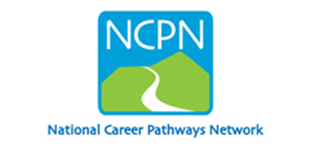Career Pathways
Career Pathways are designed to link education and economic prosperity through multi-tier partnerships between industry, education, and community leadership. Students are able to accelerate their learning pace through courses that offer a seamless transition from high school to post-secondary education without duplicating or repeating efforts. Work-based learning opportunities are also available for students through job shadowing, field trips, and some internships. We also strongly encourage our students to participate in Career and Technical Education Student Organizations.
Career Pathways:
Provide clear sequences of rigorous academic and career and technical education course work beginning in grade nine that lead to productive opportunities in high school and beyond through a focused program of study
Require input from education, community, and business stakeholders
Connect secondary and post-secondary education leading to an industry-recognized credential, certificate, and/or licensure; an Associate’s Degree; a Baccalaureate Degree and beyond
Are organized around broad career clusters identified at the national and state levels that positions students on paths for high skill, high wage, and high demand occupations.
Bridges the gaps between education and workforce by aligning and coordinating systems to support students at all levels.
References:
Carnevale, A.P. et. al. (2013) Georgetown University Center on Education and the Workforce. Recovery Job Growth and Education Requirements through 2020. National Career Pathways Network (NCPN) in partnership with the Center for Occupational Research and Development (CORD)
Resources
Quick Links

Contact Us
2465 Gillespie Street
Fayetteville, NC 28306
Phone: (910)-678-2556
Brittany Raines
Career Pathways Coordinator
brittanyraines@ccs.k12.nc.us
